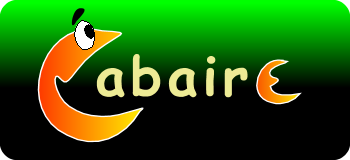Phonetics and Speech Laboratory
Established in 1979, the Phonetics and Speech Lab provides for research and teaching that bridges experimental phonetics and phonology from a linguistics perspective and more engineering based approaches to speech modelling. It participates in a number of international research projects, and has collaborative links with many speech laboratories in Europe and beyond. There is a particular interest in research on Irish, but aspects of Hiberno-English and of many languages have also been investigated.
People
- Professor Ailbhe Ní Chasaide (Professor in Phonetics)
- Dr Christer Gobl (Associate Professor in Speech Science)
- Dr Neasa Ní Chiaráin (Ussher Assistant Professor in Irish Speech and Language Technology)
- Dr Irena Yanushevskaya (Senior Research Fellow)
- Dr Maria O'Reilly (Researcher)
- Harald Berthelsen (Researcher)
- John Duggan (Senior Technician/Programming Support)
- Christoph Wendler (Researcher)
- Dr Andy Murphy (Researcher)
- Dr Emily Barnes (Researcher)
- Antoin Eoin Rodgers (Researcher)
- Connor McCabe (Researcher)
- Kate Tallon (Researcher)
- Liam Lonergan (Researcher)
- Anna Giovannini (Researcher)
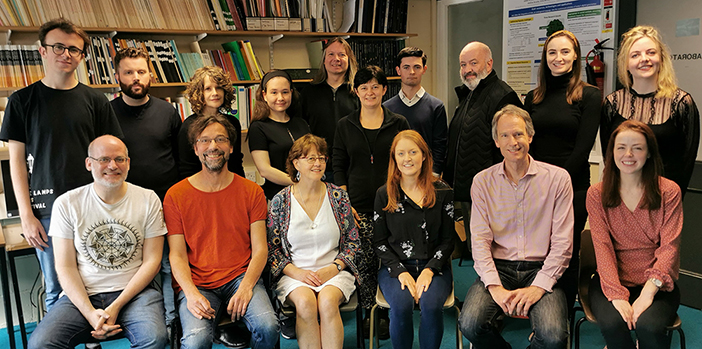
Back row: Liam, Andy, Irena, Anna, Christoph, Maria, Connor, John, Kate, Órnait. Front row: Antoin, Harald, Ailbhe, Neasa, Christer, Emily.
Research strands and projects
Research for student dissertations may be undertaken in a variety of theoretical and descriptive areas. Major research areas of the Laboratory and related research projects are listed below.
ABAIR: text-to-speech synthesis system for Irish
Project webpage: www.abair.ie
The current project ABAIR, funded by the Department of Culture, Heritage and the Gaeltacht, enables the ABAIR team to continue developing state-of-the-art synthesis systems featuring all three major dialects of Irish.
- Developing text-to-speech for Irish
- Irish corpora for text-to-speech
- Voice quality and the naturalness of synthetic speech
- Other relevant past projects: CABÓGAÍ II, CABÓIGÍN 1, WISPR, CABÓG, Interaction of voice quality and f0, SPACT, VOX
Speech and Language Technology-based Educational Applications
- Computer-Assisted Language Learning: exploring the benefits of text-to-speech synthesis in educational contexts
- Design, development, implementation, and evaluation of game-based immersive environments
- Working towards dialogue-based communicative language learning applications
- Phonological awareness and early literacy assessment/screening for Irish
Speech and Language Technology-based Accessibility Applications
- Development of screenreaders for the visually impaired using ABAIR multidialect synthesis
- ABAIR web reader for Irish
- Dialect-specific multimedia textbook development
- Implementation of Liblouis Braille reader
- See www.abair.ie/nvda for more information
Voice source and voice quality analysis
See projects: CNGL, FastNet, COST 2103
- Developing techniques for source filter decomposition
- Analysis of voice source
- Linguistic aspects of voice source variation: production studies
- Tone of voice and the communication of emotion, mood, attitude: synthesis based perception studies
- Other relevant past projects: Interaction of voice quality and f0, SPACT SPEECHMAPS, VOX, VERIVOX, HUMAINE
Prosody
See projects: Prosody of Irish Dialects
- Analysis of intonation of the three main dialects of Irish
- How intonation and voice quality interact in prosody
- Linguistic and paralinguistic functions of prosody
- Analysis of intonation and voice quality in varieties of Irish English
- Other relevant projects: Interaction of voice quality and f0
Articulatory/acoustic/aerodynamic analysis
See past project: ACCOR
- Coarticulation and connected speech processes
- Primary and secondary articulation of the Irish consonants
- Articulatory database: Irish consonants
- Development of software for combined analysis of EPG, EMMA, acoustid and aerodynamic signals
- Other relevant past projects: ACCOR II and COST
Current projects and collaborations
Principal investigators: Ailbhe Ní Chasaide and Christer Gobl.
- ABAIR
Text-to-Speech (TTS) for Irish
Irish synthesis available at: www.abair.ie
Funded by: the Department of Culture, Heritage and the Gaeltacht - CABÓGAÍ II
Text-to-Speech (TTS) for Irish
Irish synthesis available at: www.abair.ie
Funded by: Foras na Gaeilge - Prosody of Irish Dialects
The use of intonation, rhythm, voice quality for linguistic and paralinguistic signalling
Previously funded by: Irish Research Council for the Humanities and Social Sciences (IRCHSS) - CabairE
For those learning to read and those who have trouble reading, we are currently developing CabairE, a literacy training tool. CabairE will highlight words and phrases as they are being read out. Users can control the speech tempo, they can have single words or phrases repeated and can magnify the text as needed.
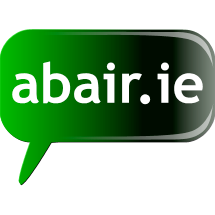
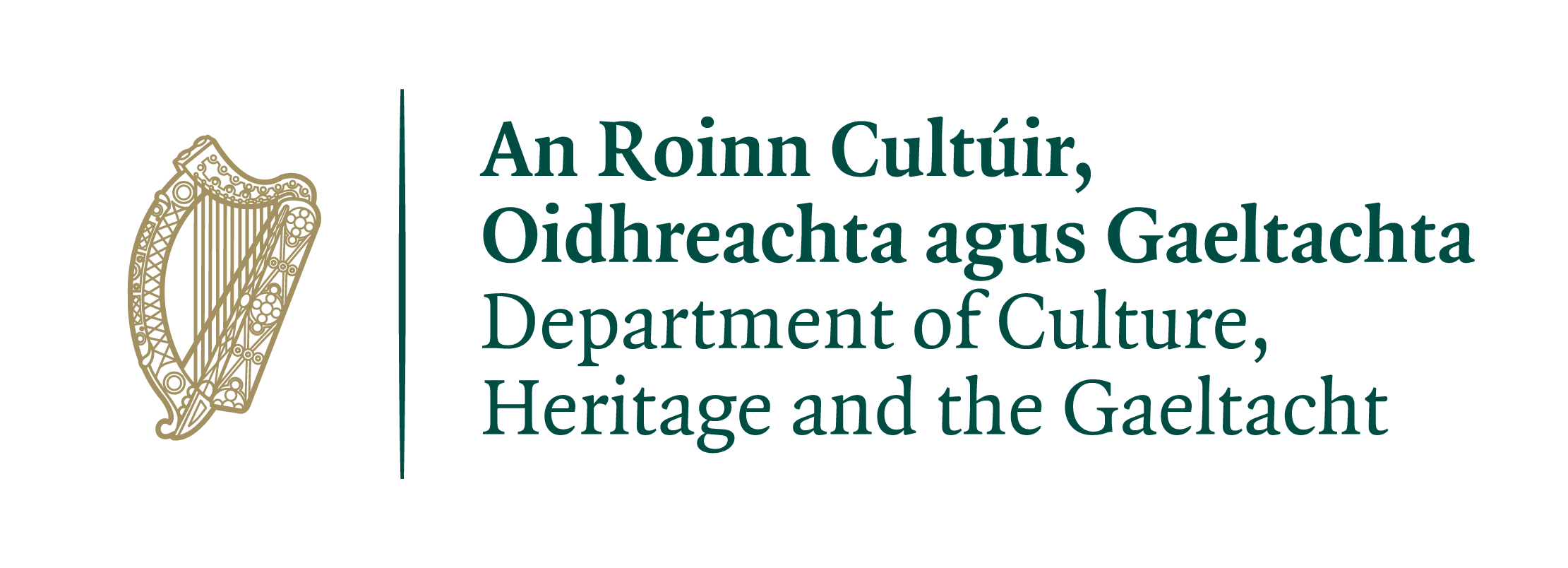
![]()
- Voice parameterisation and analysis of linguistically relevant voice source variation. The research is part of a large national collaboration aiming at personalised multilingual access and customer care.
Web site: www.cngl.ie
- www.emotion-research.net
Human-Machine Interaction Network on Emotion
Funded by: EU, Sixth Framework Programme
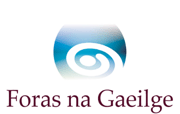
- Cabóigín (CABÓIGÍN I)
Text-to-Speech (TTS) for Irish
Web site: www.abair.ie
Funded by: Foras na Gaeilge
![]()
- Interaction of Voice Quality and Pitch in Prosody
Govt. of Ireland Fellowship to Ailbhe Ní Chasaide
Funded by: Irish Research Council for the Humanities and Social Sciences (IRCHSS)
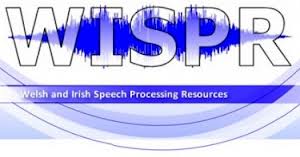
- WISPR (2003-2005)
Welsh and Irish Speech Processing Resources
Funded by: EU INTERREG IIIA Community Initiative Programme
Foclóir Canúna Il-mheánach: towards a multi-media electronic pronunciation dictionary of Irish Dialects
Funded by: Foras na Gaeilge
The naturalness of synthetic speech
EU funded COST action
Application of speech recognition/synthesis technology in the MIR space station.
Funded by the European Space Agency, project no. 11695/95/NL/JE.
Voice variability in speaker verification.
EU funded LTR working group under RTD programme in Information Technologies, Project No. 22760.
A development system for Irish text-to-speech conversion.
Project funded by ACCUTRON, Limerick and the Irish-American Foundation.
Sound-to-gesture inversion in speech.
EU funded ESPRIT/BRA project, No. 6975.
The analysis and synthesis of speaker characteristics.
EU funded ESPRIT/BRA working group, No. 6298.
Articulatory-acoustic correlations in coarticulation
EU funded ESPRIT/BRA project, No. 3279; EU funded ESPRIT/BRA working group, No. 7098.
Teaching
Courses are taught at undergraduate and postgraduate levels.
Undergraduate courses
- Introduction to Speech Science
- Speech Analysis and Synthesis
- Instrumental Phonetics
- Introduction to Phonetics and Phonology
- Introduction to Language Study
- Experimental Techniques in Speech Science and Clinical Applications
Postgraduate courses
- Signals and Systems for Speech Analysis and Modelling
- Introduction to Phonetics and Phonemics
- Speech Synthesis and Signal Processing
- Experimental Phonetics/Phonology
- Speech Production and Perception
- Current Issues in Speech Science
- Experimental design and laboratory techniques
- Speech and Language Technology in Education
- Computer-Assisted Language Learning: Design, Implementation, Evaluation
Facilities
- Semi anechoic chamber
- Network of PCs using windows and linux
- Software systems (developed at CLCS) for source-filter decomposition: inverse filtering and voice source model matching
- Multichannel system for simultaneous recording of articulatory, aerodynamic and acoustic signals
- In house software system for EMMA and EPG analysis
- Multispeech and CSL
- SWELL, Matlab, Alladin and various speech analysis packages
- Gaeltec aerodynamic system (flow and pressure measurement)
- Electropalatography (EPG)
- Movetrack
- Photo electroglottograph (PEG)
- Pitchmeter


